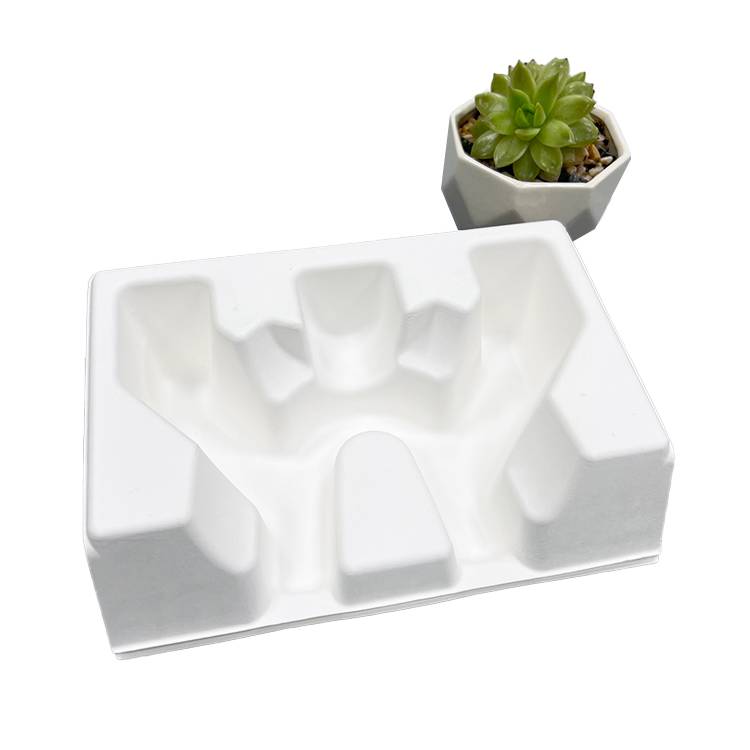Molded pulp packaging has emerged as a significant eco-friendly packaging solution, playing an increasingly crucial role in modern green packaging. This article explores the concept, origin, fundamental principles, and methods of paper pulp molding design, with detailed analysis through practical examples.
1. The Concept, Origin, and Importance of Paper Pulp Molding Design
Paper pulp molding design involves using recycled paper or specific paper types as raw materials, which are shaped and treated through molding, drying, and post-processing techniques to create functional packaging products. Originating in the 1970s amidst growing environmental concerns, paper pulp molding provided an effective solution to these issues. Today, with heightened environmental awareness, its importance in the green packaging sector is more pronounced, establishing it as a vital component in sustainable packaging solutions.
2. Fundamental Principles and Methods of Paper Pulp Molding Design
The design of molded pulp packaging products focuses on factors like product strength, dimensional accuracy, and appearance. In the mold-making process, selecting appropriate materials and techniques is crucial to ensure precision and durability. The choice and treatment of paper pulp are also key, requiring the selection of suitable paper types and processing conditions based on product requirements.

3. Case Study: From Concept to Production
Consider a specific paper pulp molding product design as an example. The process involves:
Defining product dimensions, shape, and functionality.
Designing the structure to ensure strength and stability.
Creating the mold with the right materials and techniques.
Overseeing production, controlling key parameters to maintain product quality.

4. Material and Process Selection: Balancing Quality and Efficiency
Different product requirements dictate the choice of paper pulp and related processes. For high-strength packaging, special treatments or additives may be used. For rapid production, efficient molding techniques and automation can be employed. Appropriate material and process selection enhances product quality, reduces costs, and boosts production efficiency.
5. Energy Efficiency and Sustainability Directions
In paper pulp molding design, energy efficiency and sustainability are paramount. This includes optimizing raw material use, reducing paper waste, employing energy-efficient molding processes and equipment, and promoting recycling and circular economy practices. Future directions should focus on developing new eco-friendly materials, incorporating intelligent production technologies, and integrating green practices across the global supply chain. These efforts will drive the sustainable development of the paper pulp molding industry and minimize environmental impact.

6. Quality Control and Certification
Strict quality control before product shipment is essential for ensuring that products meet standards. This involves checking dimensions, strength, and appearance to ensure compliance with specifications. Obtaining relevant market certifications, such as ISO 14001 for environmental management and FSC for forest management, enhances product credibility and market acceptance.
Paper pulp molding represents an innovative green packaging solution with extensive application potential and growth opportunities. By continually refining design concepts and technological methods, the industry can enhance competitiveness and accelerate development. Future progress should emphasize energy efficiency, new material research, and smart technology integration to achieve sustainable growth and meet the demand for eco-friendly packaging.

